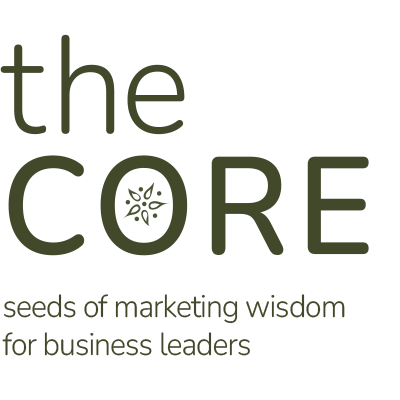If there’s only one word I’m encouraging business leaders and marketers to value in 2020, it’s agility. The business world is changing faster than ever before. As marketers and sales professionals, we must stay vigilant to what today’s customers want and how they communicate. This is why being agile is the most important part of any marketing plan you could put together for 2020. It’s essential to be able to pivot without abandoning your entire strategy.
4 Creative Ways to Be More Agile & Effective with Marketing in 2020
So how can you be more agile in your marketing efforts this year? Here are a few creative practices you can consider:
- Shorten the planning process for your campaigns. If you typically plan the whole year, instead, consider planning the first six months. If you plan by quarters, try six-week campaigns. Shortening the length of your planning process will cause you to systematize the way you evaluate campaigns with a more agile approach.
- Make sure you’re continually looking at the data to analyze campaigns. Companies that adopt data-driven marketing are six times more likely to be profitable year-over-year. By letting data be the diplomat, you will be able to see what’s working and what’s not.
- Set weekly stand-up meetings with key leaders. Communication is the key to agile marketing. One recommendation I often give is to conduct 15-minute check-ins with the team to briefly discuss work from the previous day, in addition to plans for that day. This strategy allows you to address any hiccups and resolve them as quickly as possible.
- Celebrate collaboration and teamwork. A team that enjoys working together will be more willing to embrace an agile approach. In closed teams, it’s easy for people to start pointing fingers at the other. But creating a culture of collaboration and teamwork will cultivate an environment where everyone is willing to work together despite their differences or setbacks to accomplish a goal.
Taking a more agile approach to your marketing campaigns isn’t easy, especially if your team isn’t familiar with the approach. While you may not be able to direct the daily activities of your sales and marketing departments, taking time to consider these ideas will help you set the tone for greater collaboration within your team.












